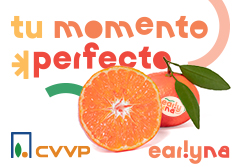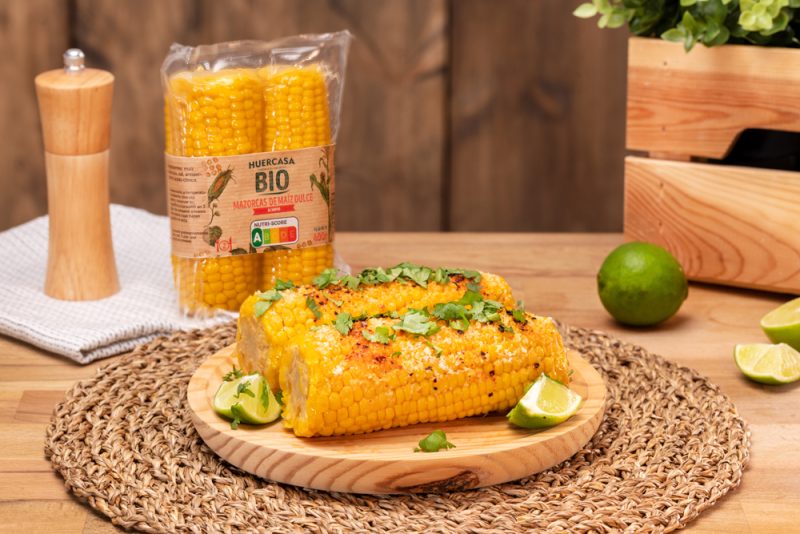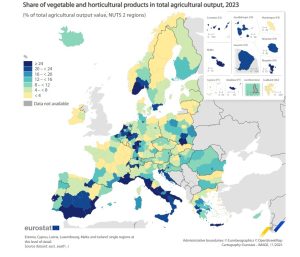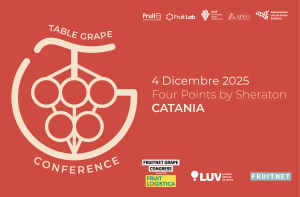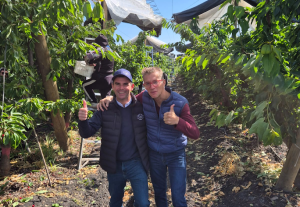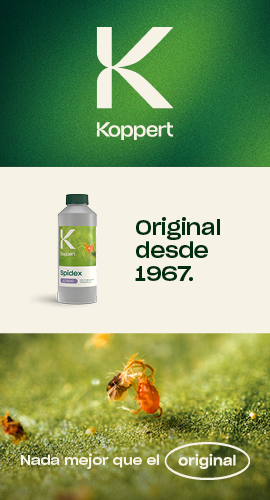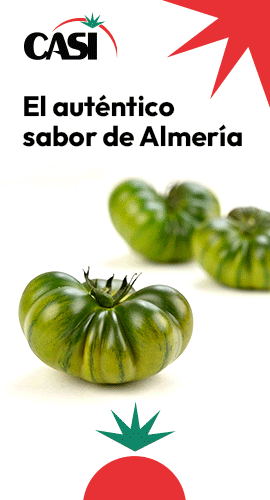HUERCASA’s cooked corn on the cob, which is sold in almost 40 countries all over the world, stands out as being a source of fibre, in addition to having low fat and salt content. It is also gluten-free; therefore, it is suitable for consumption by the entire population.
HUERCASA points out that one cob of its cooked corn provides 20% of the recommended daily fibre intake, present in vegetables and essential in the diet, as it prevents constipation, it regulates blood sugar levels and cholesterol absorption, as well as promoting the development of intestinal microbiota.
The company also continues to delve into the field of environmental sustainability, in which it underscores the ‘zero waste’ policy, aimed at bringing a halt to food waste.
Accordingly, HUERCASA will present new formats of its best-known products, corn on the cob and red beetroot, proposals that reduce food waste and move forward in sustainability, as they allow an optimal use of the raw material.
The company highlights a new 250 g corn package, with two half cobs and the double package of two 250 g units, formats that are smaller and more individual, allowing people to consume what they require and to reduce waste in the home. The raw material is also optimised, taking advantage of sizes that previously could not be sold, but that are highly attractive for a large target group of consumers.
Additionally, as a larger percentage of raw material is used, it means there is a greater availability of the product, in such a way that Huercasa’s guarantee to supply the markets becomes even more consolidated.
Pulses
There will also be an important space on the Huercasa stand at the Berlin Trade Fair for pulses and, more specifically, for the 300 g vacuum-packed format of pulses (lentils, chickpeas and beans), a highly practical, fast and convenient proposal as ingredients for ready-cooked salads.
Finally, the Food Service division will play a relevant role at the fair. Huercasa’s quality, convenience of use and guarantee, applied to the specific requirements of the catering trade and large communities, with formats and containers adapted to their activity.












